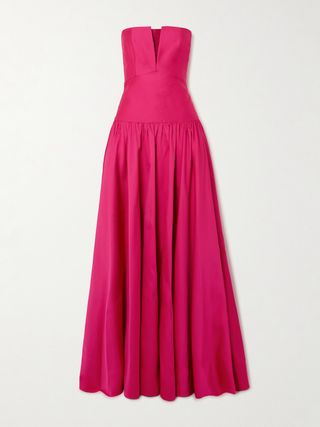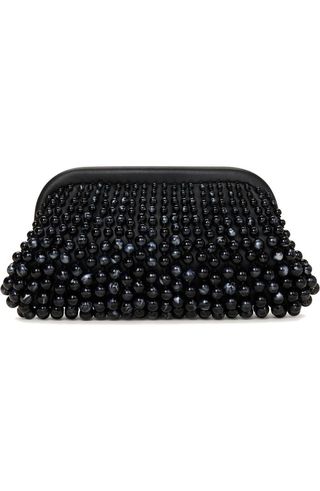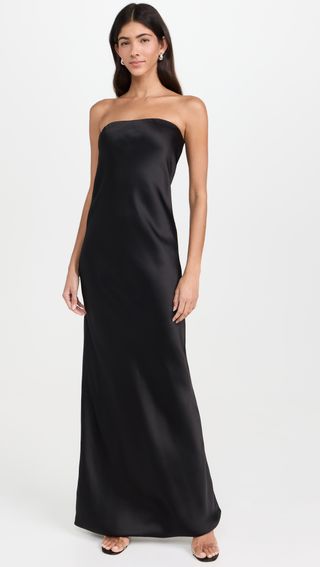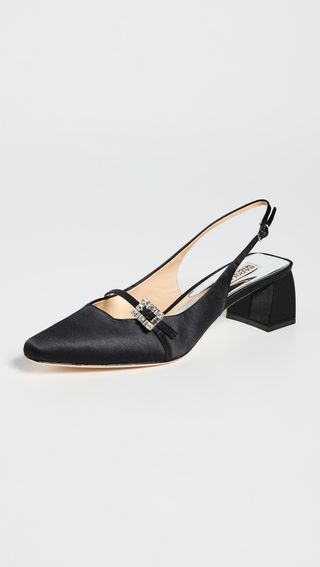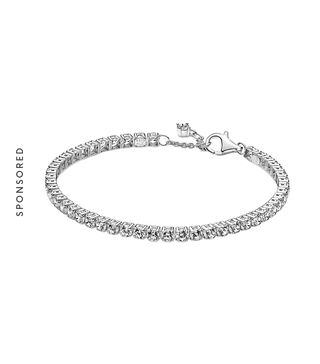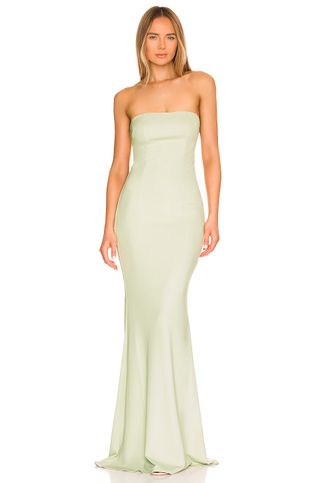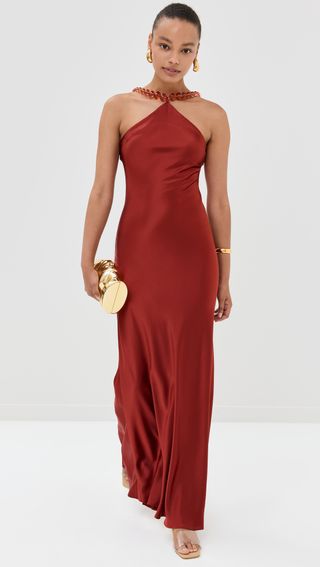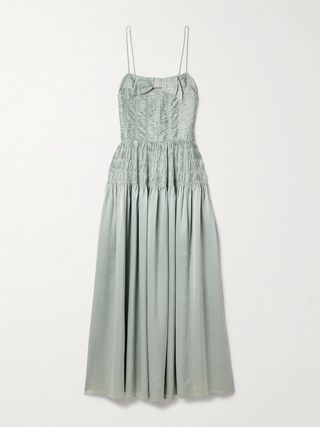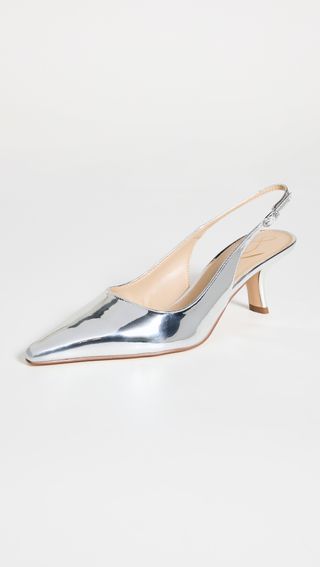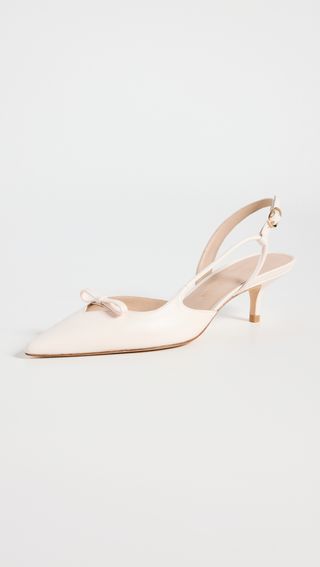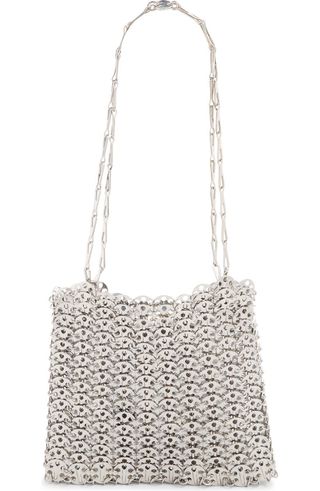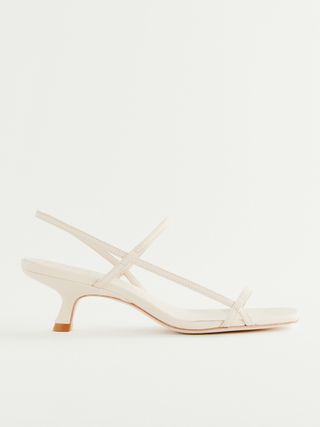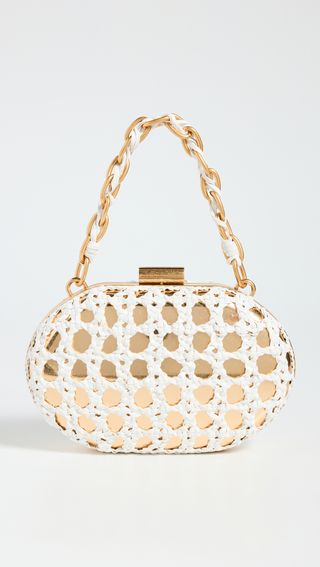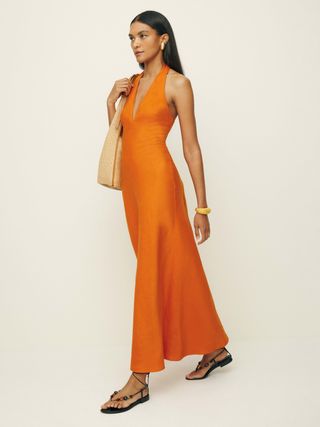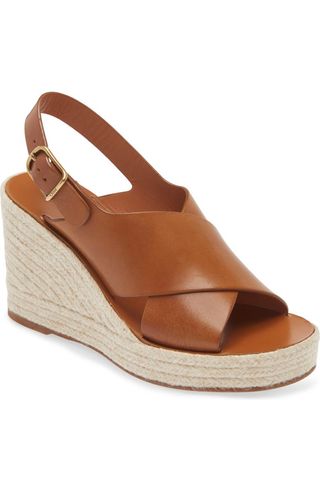Unless you’re regularly invited to fancy parties or events (in which case, I’m jealous), your opportunities to dress up are probably limited to weddings. Personally, I like to pull out all the stops when it comes to wedding outfits. Glamorous dress? Obviously. Fun accessories? Of course. New beauty look? Absolutely.
There are many things to consider when deciding what to wear to a wedding—the weather, the season, the terrain (no one likes getting their heels stuck in grass)—but the most important thing to consider is the dress code. It’s not only proper etiquette to adhere to the requested attire, but it makes selecting an outfit a lot less stressful and a lot more fun. Here’s what you need to know about three popular wedding dress codes and what you should wear for each one.
Black-Tie Wedding
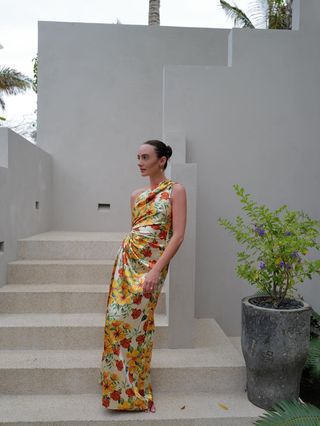
Black-tie weddings are typically hosted in the evening and are usually quite fancy. Your best bet is to wear a floor-length gown (yes, that means no ankles). Definitely opt for heels and handbags in a luxe material—think satin and embellishments—and accessorize with your favorite special jewelry pieces. Bonus points if you rock an updo!
Formal Wedding

Though it’s step down from black-tie, formal attire still requires either a long dress or a chic, polished pantsuit. There’s no expectation to wear a floor-length gown, so feel free to have fun with your footwear—just be sure to avoid informal styles like wedges or ballet flats. For your dress, steer clear of casual fabrics like linen or jersey.
Beach Wedding

There’s some nuance to consider when dressing for a beach wedding because the level of fanciness varies. However, more casual sundresses, linen dresses, or mini dresses are usually acceptable when celebrating somewhere tropical. (You can always ask the hosts if you’re unsure!). Footwear can also be more laid-back, but that doesn’t mean flip flops, even if you are walking on sand.


